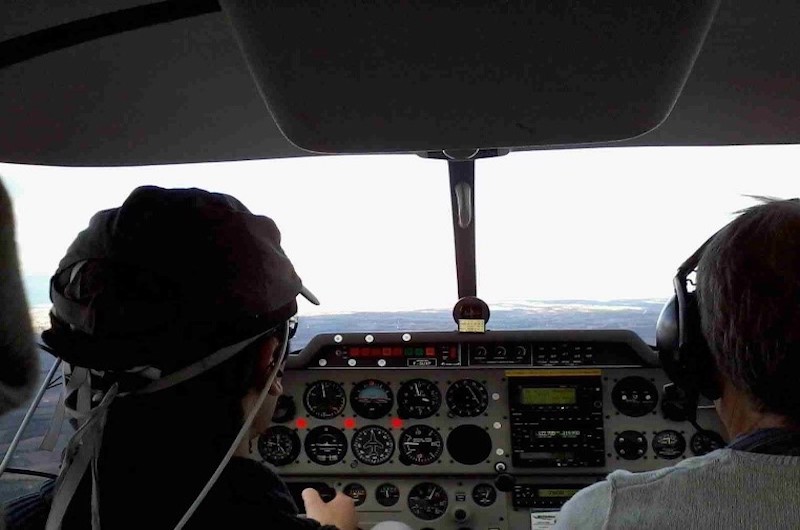
The prospect of an aircraft that reads its pilots’ thoughts is a little closer after a French/American research team measured the brain activity of pilots in real-time using functional near-infrared spectroscopy (fNIRS). Their results were published this week in Frontiers in Human Neuroscience.
The researchers referenced recent air transport accidents as occasions where aircrews were placed under cognitive stress and could have used help from the aircraft itself to reduce their workload.
Southwest Airlines Flight 1380 was a case in point, Professor Frédéric Dehais, a professor at ISAE-SUPAERO in Toulouse, France, said, praising the cool reaction of pilot-in-command Tammie Jo Shults. ‘Consider what was racing through her mind: where to land, the speed and altitude to maintain, how to aid an injured passenger and comfort a bewildered crew. It’s likely Shults was experiencing cognitive overload,’ Dehais said.
While Captain Shults landed successfully after the accident, in which a passenger died after a fuselage window blew out, cognitive overload and diminished situational awareness was a problem in emergencies involving human-machine systems, associate research professor, Hasan Ayaz, of Drexel University in Philadelphia, US, said. ‘Unfortunately, many human-machine interfaces expose users to workload extremes, diminishing the operator’s attention and potentially leading to catastrophic consequences,’ Ayaz said.
The experiment used a portable fNIRS system that can be worn like a headband. It measures blood oxygenation changes in the prefrontal cortex—the area underneath the forehead that is involved in cognitive functions such as problem solving, memory, judgement and impulse control. When first learning a new task, for instance, this area of the brain is highly activated. However, as you become more proficient, these tasks move to other brain areas, clearing up important resources in the prefrontal cortex for skills such as split-second decision making.
Ayaz envisions future aircraft might one day be able to assess the cognitive and emotional state of the pilot and make adjustments accordingly.
Pilots in the experiment flew either a simulator or a real aircraft. In both cases, they completed memory tasks from pre-recorded air traffic control instructions, which varied in difficulty.
The results showed, firstly, that brain activity can be monitored in flight, and secondly, that the pilots in real flight committed more errors and had higher anterior prefrontal cortex activation than pilots in the simulator doing similar tasks.
‘We believe that this type of approach will open a whole new direction of research for studying parameters in an aviation setting and eventually designing better machines,’ Dehais said.
Flight Safety Australia’s June 2018 edition will examine the potential of neuroscience to make aviation safer.


Comments are closed.